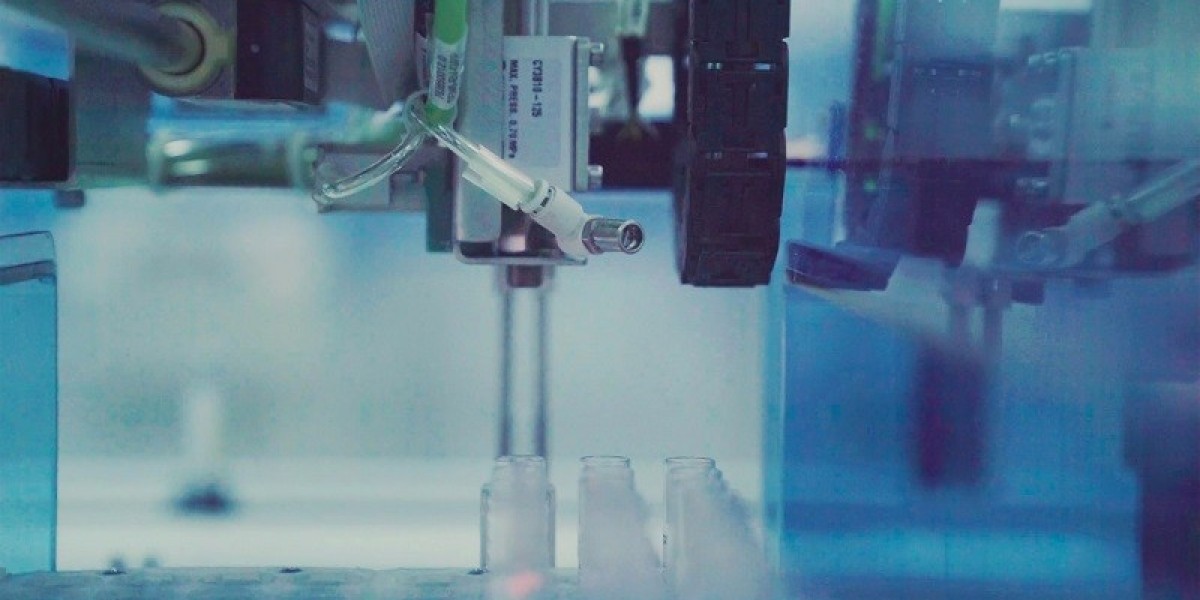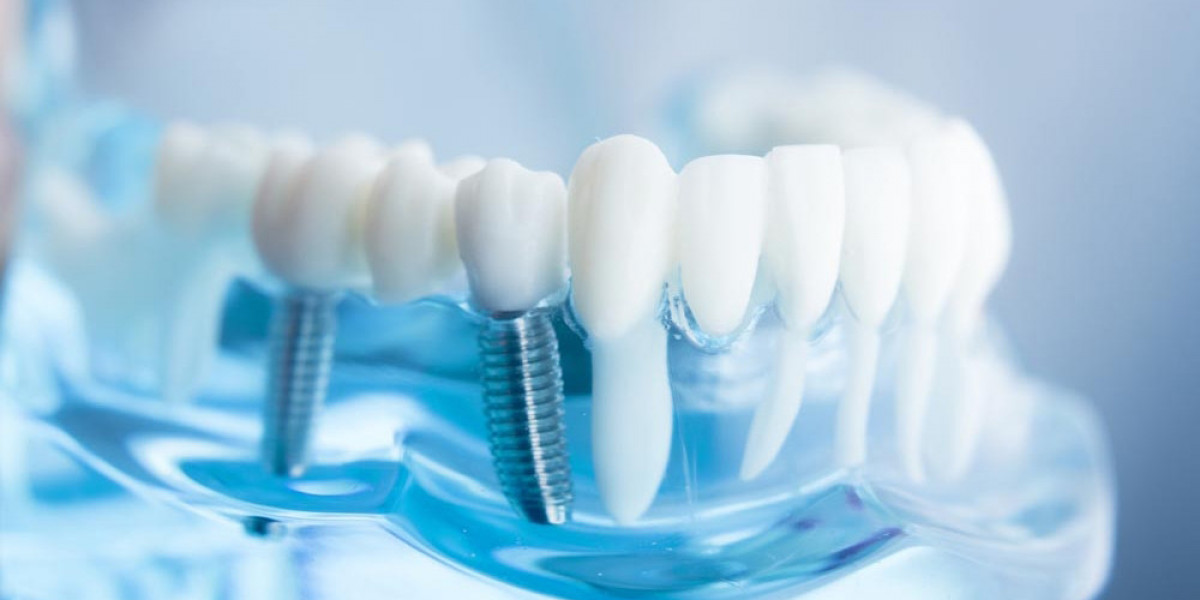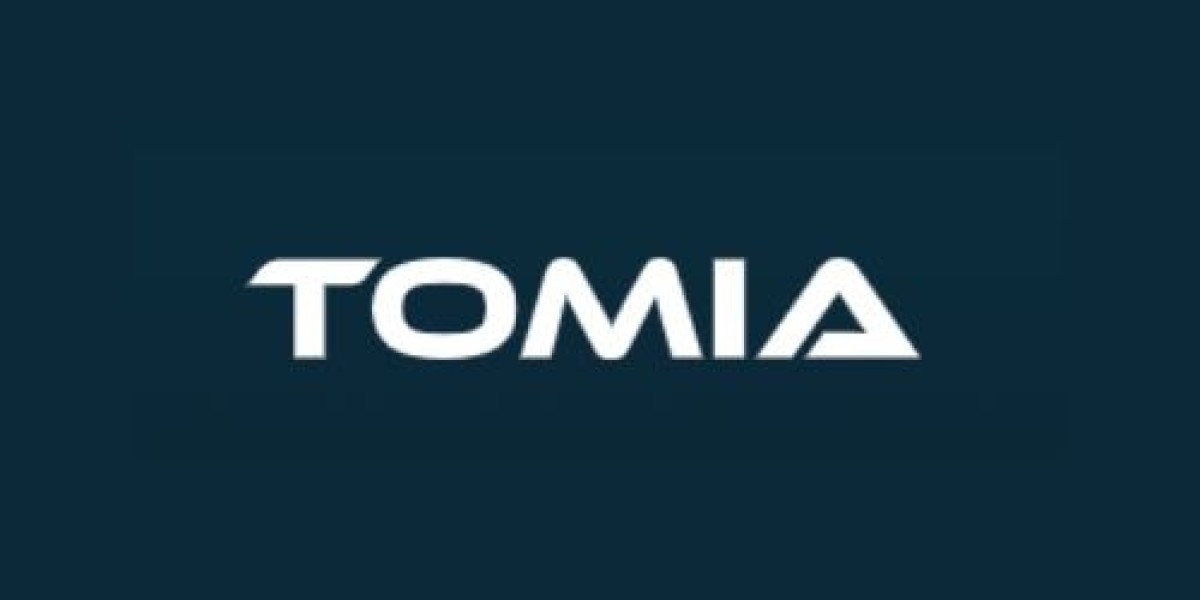What is Negative Staining?
Negative staining is a specialized technique used in electron microscopy to prepare samples by creating a reverse contrast image. It is primarily used to observe particulate matter or biological macromolecules, this method involves spreading a sample onto a grid and applying a metal salt stain. This process results in the stain enveloping the grid with a layer of heavy metal salt, except where particles protrude. When viewed under a transmission electron microscope (TEM), the object of interest appears bright against a dark, dense background. Negative staining stains the background, not the sample, contrasting with optical microscopy, where the sample itself is often stained. The most commonly used negative stains include uranyl acetate and phosphotungstic acid. According to Prescott’s Microbiology, negative staining is crucial for revealing capsid symmetry and appendage structures of viruses due to the high contrast it provides.
Principle
Negative staining does not generally involve binding the stain to non-specific cellular components. Instead, it coats the background, making it opaque under the microscope while leaving the sample clear and bright. This reverse contrast enhances the visibility of structural features and voids within the specimen. The principle leverages the dense staining to outline fine details, preventing the sample itself from extensive electron interaction which can cause heat damage.
Advantages
Negative staining provides clear, high-contrast images, making it ideal for observing fine morphological features of macromolecules and cellular structures. It is effective in outlining the distribution and function of these elements within the overall architecture of complex assemblies. Its simplicity and efficacy make it a regular choice for TEM diagnostics, especially in academic and research settings.
Main Methods of Negative Staining
Droplet Method
A controlled environment using a pipette or tuberculin syringe places a drop of the sample suspension onto a membrane-coated copper grid. It is crucial to maintain the grid on filter paper during this application to avoid contamination and to ensure precision in sample loading. Allow the sample to settle momentarily before carefully removing the excess with filter paper. After adding the stain, leave it for 1–2 minutes, wash with distilled water, and dry before analysis under the electron microscope. This method minimizes handling errors and maintains sample integrity.
Floating Method
This method involves supporting the membrane side of a copper grid on the sample suspension. Utilizing wax-coated filter paper reduces sample contamination, allowing the grid to float and similarly undergo the staining process. After staining, excess fluid is gently removed with filter paper, ensuring minimal disturbance to the structural integrity of the sample. This is particularly beneficial for more fragile specimens.
Sample Preparation Steps for the Droplet Method
Negative staining can employ multiple methods like the droplet or mixing method, but the droplet method is primarily used. Its steps include:
Sample Preparation: Dispense diluted samples on grids with small pores to balance spreading and retention. Adequate distribution ensures uniform contrast and detailed resolution.
Negative Stain Addition: Deploy heavy electron-dense stains that circumscribe rather than react with the sample, yielding high-contrast external profiles. This helps prevent internal damage to the samples.
Adsorption and Drying: The stained grid is dried using rapid evaporation techniques, solidifying the structural morphology encased by the stain for better microscopy results.
Electron Microscopy Observation: The stain creates a shadow effect, enhancing the structural outline visible under a transmission electron microscope.
Sample Requirements
Sample Quantity and Shipping: For liquids, supply at least 100 µl at optimal concentration. For dry samples, around 30 mg, correctly labeled with any solvent or medium. Ensure that the stability of the samples is maintained through appropriate environmental conditions.
Preservation: Exosome or virus samples should be shipped on dry ice to maintain stability, whereas bacteria should be preserved at 4°C.
Shipping Method: Utilize either ice packs or dry ice depending on sample fragility, and provide a detailed test submission form for precision handling.
Testing Cycle and Data Management
Typically, results are dispatched within a week post-receipt of the sample, barring holiday interruptions. Basic service includes 8 images per sample, with additional services available on request as per communication with the testing staff. It’s generally advised against sample returns due to altered storage conditions impacting validity. Clear communication with testing personnel ensures optimal sample handling and reliable data output.
FAQ
How Does Positive Staining Differ from Negative Staining in TEM?
Negative staining uses heavy metal salts to enhance the electron density around specimens, providing a backdrop contrast that reveals the sample’s geometry. Positive staining does the reverse, increasing sample electron density for contrast against a lighter background .
How Do You Choose the Right Staining Solution?
Phosphotungstic Acid: Suitable for its strong density and low pH interaction, commonly applied to viral and protein samples.
Uranyl Acetate: Offers versatility across proteins and cellular structures with minimal preparation alteration.
Formic Acid Uranium: Used for specific proteins requiring distinct staining conditions.
What Should You Consider When Selecting a Grid?
Choose grids with accurate mesh properties for sample retention, typically in the range of 300–400 mesh coated with a stable membrane. Surface preparation, like hydrophilicity enhancement, assists in uniform stain application. Pre-treatments can significantly affect the adherence and spreading of samples, enhancing resolution.
Conclusion
Negative staining is foundational in electron microscopy, enabling clear visualization of nano-scale structures with precision. Despite some limitations such as damage risk and selective staining efficacy, its use in virology, structural biology, and materials science is invaluable. Creative Biostructure employs advanced microscopy protocols to improve visualization techniques, facilitating groundbreaking research and discoveries. By integrating state-of-the-art technologies and enhancing staining methodologies, negative staining continues to expand our ability to examine and understand complex biological structures at their most fundamental level .








